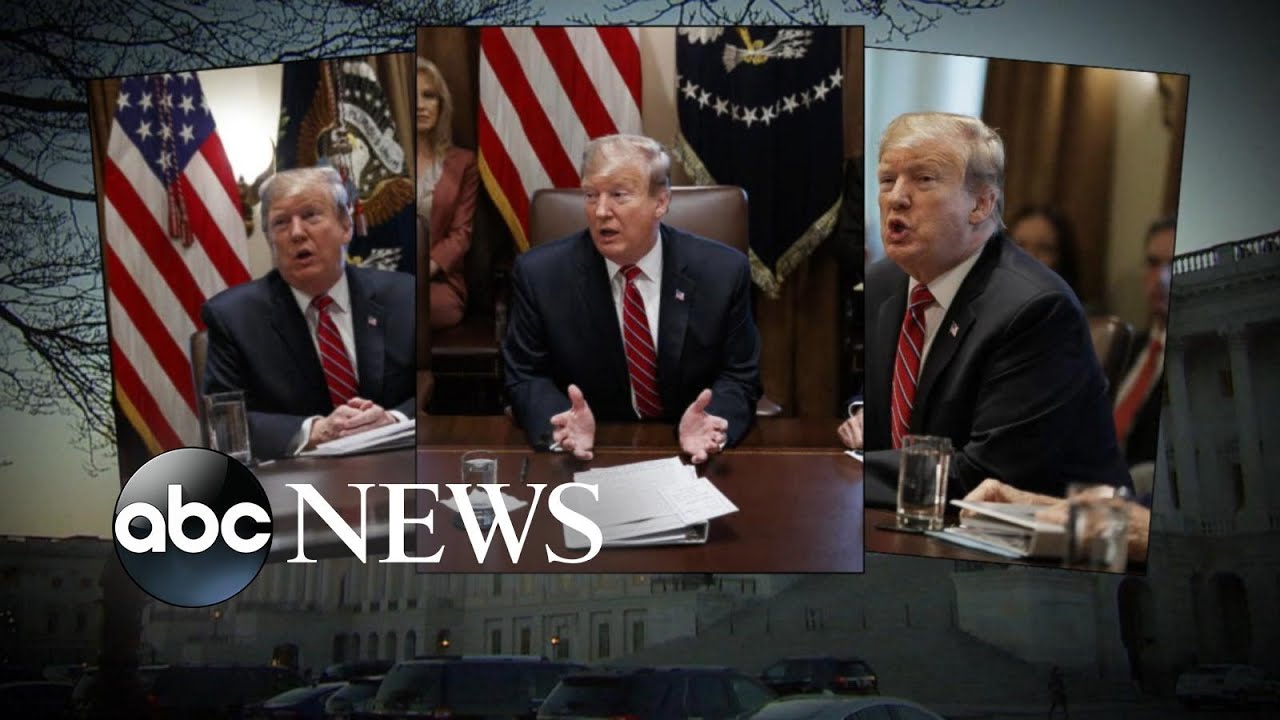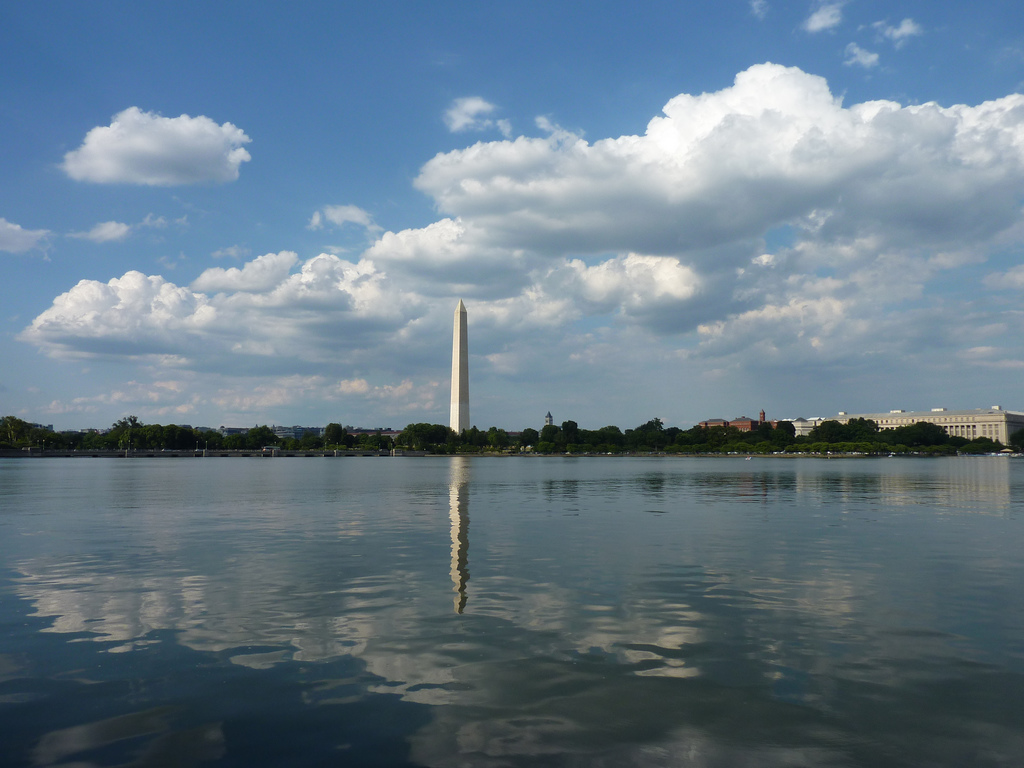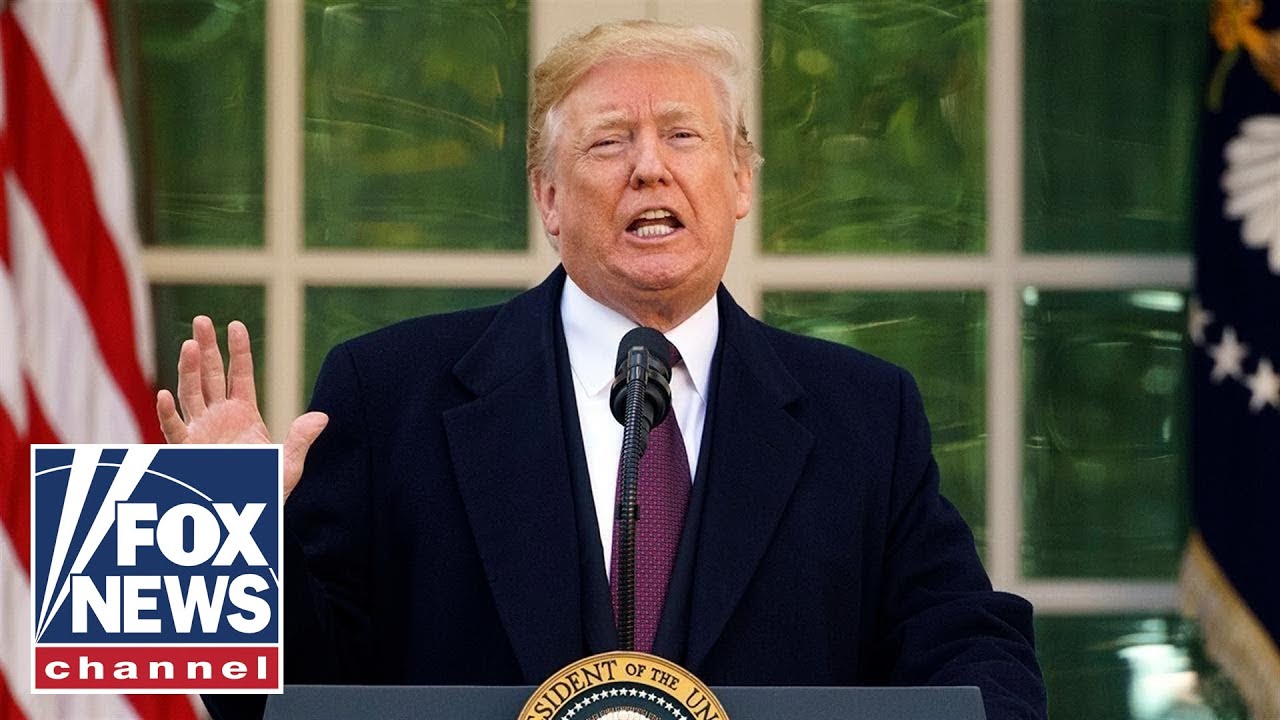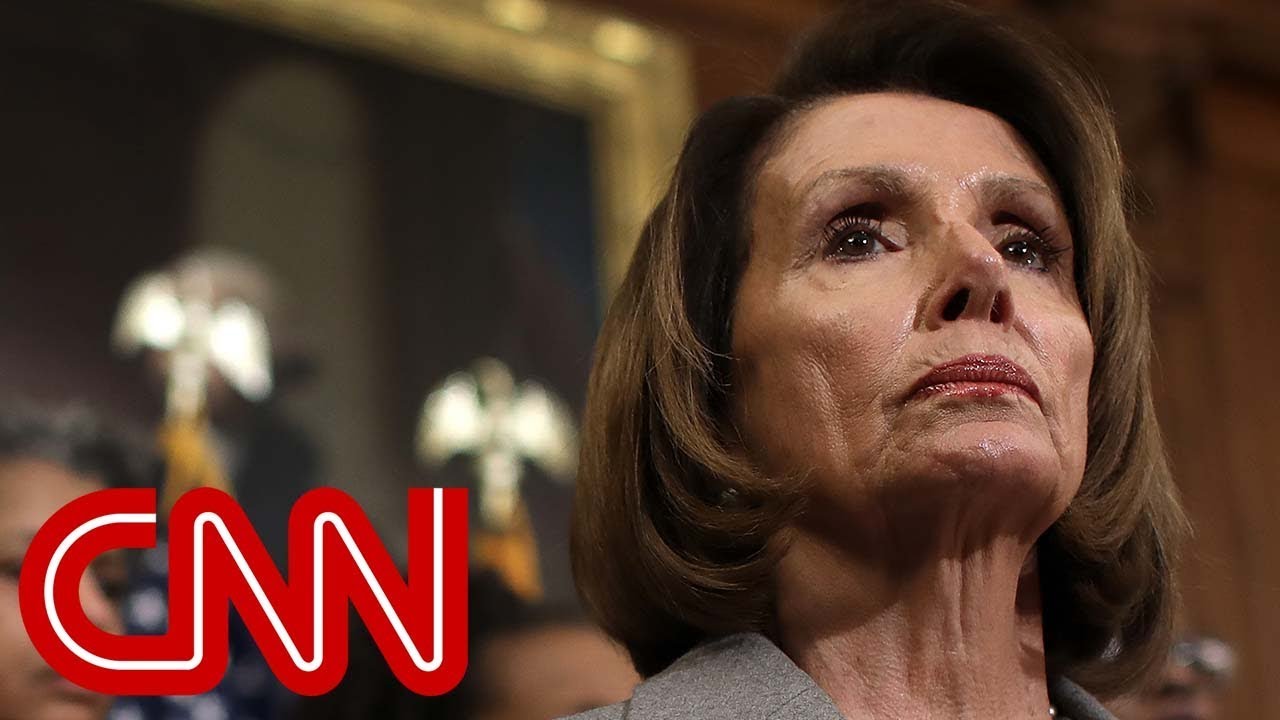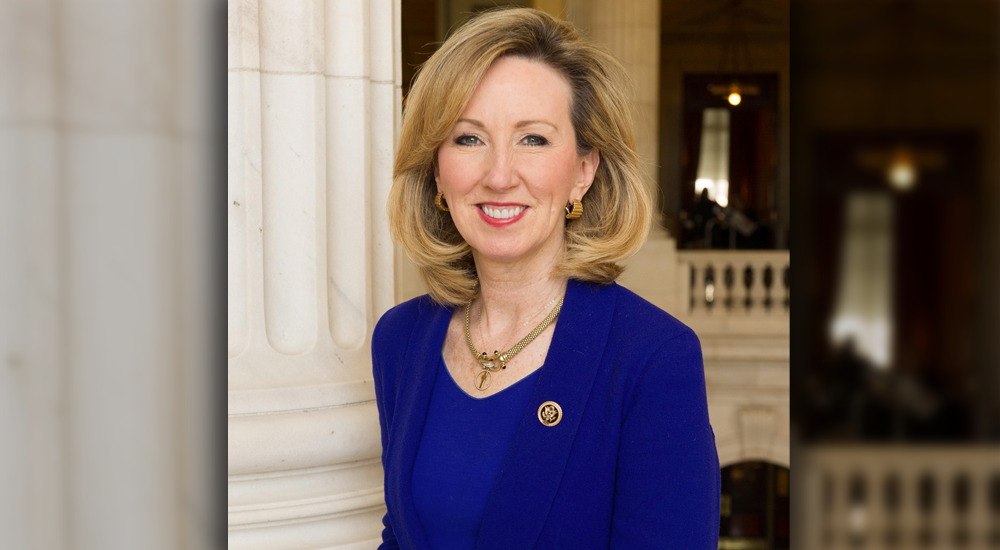Blasting past economists’ expectations, the U.S. added 312,000 jobs in December 2018, an encouraging sign of performance in an economy that has been hit by rising interest rates, a three-month wave of chaos on Wall Street, slowing international growth, tariff battles with major trading partners, and a partial government shutdown coming up on its third week. The U.S. Labor Department also reported Friday that the unemployment rate rose slightly from 3.7 percent to 3.9 percent; however, it reflects a pro-growth increase in people entering a still-hot job market.
“With more than 5,000,000 jobs added since the 2016 election, the American economy surpassed 150,000,000 jobs for the first time ever,” Labor Secretary Alexander Acosta said in a press release from the department. He added that more people having confidence in the job market “is welcomed news as job creators look to fill seven million open jobs.”
In the report, upward revisions were also given to the October and November jobs reports, which now saw a total of 370,000 jobs added to the economy.
Significant job gains in December were seen across all industries, with the construction, retail, manufacturing, education, healthcare, food services, and leisure and hospitality sectors leading the way.
Healthcare and education services added 82,000 jobs in December, the biggest jump since February 2012. Restaurants saw a gain of 40,700 jobs, construction added 38,000, manufacturing increased by 32,000, and retail was up by 23,800 on the nationwide payrolls.
Average hourly pay ticked up 3.2 percent from December 2017, with last month being the third straight wherein year-over-year wage gains exceeded three percent. Prior to October 2018, the last time average hourly wage gains exceeded that figure was April 2009, according to the Labor Department.
Overall, 2.6 million new jobs have been created in the past 12 months, and of those months, eight saw the unemployment rate under four percent, with record jobless lows in 2018 for African-Americans, Asian-Americans, Hispanic-Americans, and those without a high school degree.
Recently, economists believed the U.S. was edging near “full employment,” but the numbers show that prospective workers still have confidence in employers hiring in a tightening job market. Although December’s numbers were almost 50 percent above the 2018 monthly job creation average of 217,000, economists estimate that hiring will slow in 2019. With America beginning to enjoy its 10th year of economic expansion, the past few months have shown the effects of slowing growth caused by waning returns from the 2017 Republican-led federal tax overhaul teamed with aggressive interest rate hikes from the U.S. central bank.
Stocks tumbled during the holidays, leading to the worst Christmas Eve ever on Wall Street, met with rising concerns over slowing economic growth that has caused major industry firms to fall past correction territory, and the S&P 500 index on pace for its biggest percentage fall since the Great Depression. However, Wall Street responded well to the December jobs report, with the Dow Jones Industrial Average up over 700 points midway through the Friday trading session after the index also suffered its worst December decline since 1931.
President Donald Trump, who has enthusiastic about the “GREAT” jobs report on Twitter, may not see similar figures in January if the partial government shutdown – affecting approximately 800,000 federal employees and 25 percent of the federal government – lingers on, spurred by a stalemate between the White House and a new Democratic majority in the House of Representatives over funding for the U.S.-Mexico border wall.
In a report from AP, Chairman Kevin Hassett of the White House Council of Economic Advisers, said that next month’s report from the Labor Department “could be weak” if the shutdown continues. He explained that the hundreds of thousands of government workers “who could say they’re not working, which would lower the job totals….even though those workers would be paid back wages once the government fully re-opened.”
“So when we see the January jobs number,” Hassett said, “it could be a big negative.”
Other economic concerns for this year may involve Federal Reserve Chairman Jerome Powell, who has come into the president’s cross hairs over the past few months after four quarter-point interest rate hikes in 2018. The market will have to weigh whether the strong job growth in December encourages the Fed to raise rates aggressively in 2019. Regardless, a downshift in economic growth worldwide could slow the process of the central bank working to clear its balance sheet.
Tariffs, of course, play a big role in the equation with slowing worldwide growth as major U.S. trading partners are hit with retaliatory duties amid Trump’s effort to renegotiate trade deals in carrying out an “America First” agenda. In late 2018, the Trump Administration scored a win with the rollout and implementation of the replacement to the 24-year-old North American Free Trade Agreement (NAFTA), the U.S.-Mexico-Canada Agreement (USMCA), which will govern nearly $1.2 trillion in trade as the “biggest trade deal” in U.S. history, per the president’s remarks.
As President Trump looks to tackle China next, his continuous admonishment of Beijing’s predatory trade practices and misdealings surrounding intellectual property has led to some staggering economic affects in the U.S. from one of the nation’s biggest trading partners.
Tech giant Apple, who has a major telecommunications market share in the Eastern Hemisphere, has lost $452 billion in market value over the last three months, since its peak of about $1.138 trillion on October 3. The company’s stock crashed almost 10 percent Thursday following sales becoming “jeopardized” by the trade war between the U.S. and China and changing consumer demands as Chinese customers pass up high-dollar American-made products like iPhones and vehicles from Detroit-based Ford Motor Company, among similar situations with other manufacturers.
The Atlanta Federal Reserve’s GDP Now economic forecasting model places real GDP growth in the fourth quarter (Q4) of 2018 at a seasonally-adjusted annual rate of 2.6 percent, down from 2.7 percent projected on December 21. Consumer spending and private fixed investment growth is also likely to decrease this month before an annual economic report deciphering 2018 is released at the end of January.
Even with more than 5,000,000 jobs added to the U.S. economy since he won the 2016 General Election, President Trump, who has continuously called much of the record-breaking economic figures his own, may have to deal with slower growth in 2019 as economists and business leaders suggest an upcoming recession in 2020.

